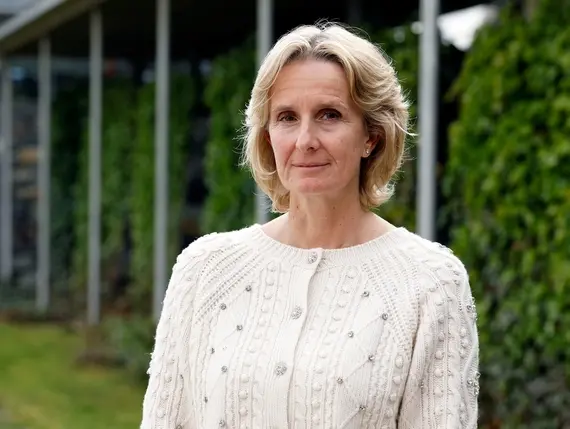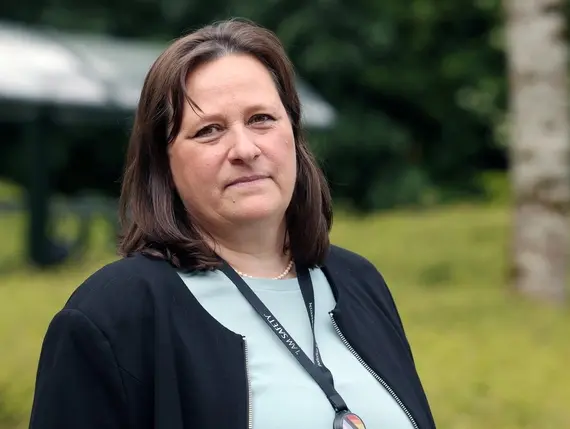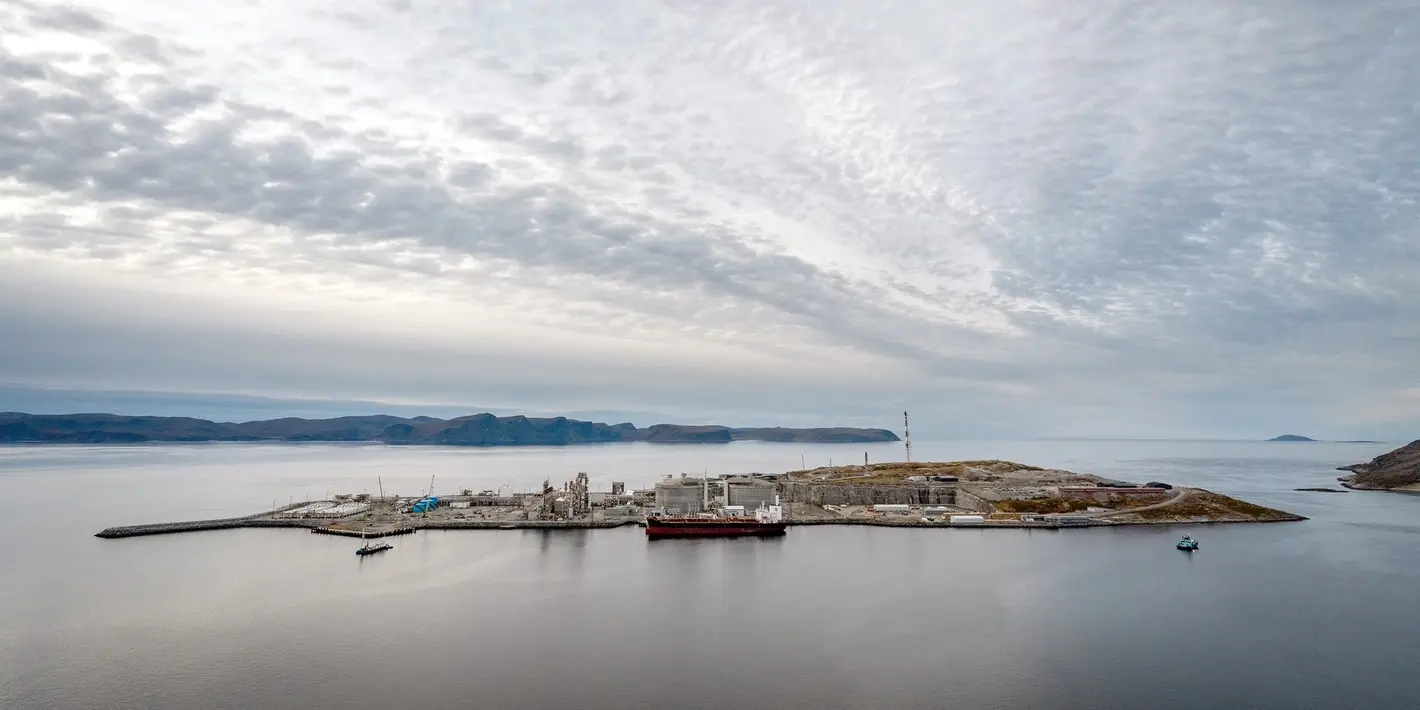Investigation of the Melkøya fall accident
On April 24, 2025, an employee fell 4.4 meters while performing formwork operations related to the construction of a concrete structure on Melkøya.
"The fact that employees have experienced serious accidents or incidents at our plants makes a strong impression on us. Safety is our number one priority. When serious incidents happen, we have failed.We have now received a thorough investigation report on the Melkøya fall accident, which we will learn from and follow up together with our suppliers," says Irene Rummelhoff, Equinor's executive vice president for Marketing, Midstream & Processing.
 \\
\\
“During periods of high activity and many employees from different suppliers at our plants, it is important that requirements and standards for safe work reach everyone. We have reviewed procedures and actions for how we together with our suppliers prepare, enable and follow up everyone performing work at our onshore facilities. Our responsibility is to facilitate compliance with requirements for safe work and to develop a strong safety culture, working closely with our suppliers," says Rummelhoff.
Important investigation findings
The investigation concludes that the incident is not due to one single cause, but that several factors related to the interaction between Equinor, the main contractor Aibel and subcontractor Consto explain why the accident occurred.
The investigation shows that the follow-up has not been good enough as regards competence management and correct execution of work at Equinor and in the supply companies. Not everyone working for Equinor's subcontractor has felt that they can stop unsafe work, although this is a clear expectation from Equinor.
“We expect everyone to report conditions they perceive as unsafe. We always have time to work safely, with a right and duty to stop unsafe work. Everyone should know this when they work for us. We see that this message has not fully reached everyone, which we take very seriously. Together with the management of the supply companies we have taken steps to improve this in our onboarding and safety training," says Christina Dreetz, senior vice president for Equinor's onshore facilities.

“We expect everyone to report conditions they perceive as unsafe. We always have time to work safely, with a right and duty to stop unsafe work. Everyone should know this when they work for us. We see that this message has not fully reached everyone, which we take very seriously. Together with the management of the supply companies we have taken steps to improve this in our onboarding and safety training," says Christina Dreetz, senior vice president for Equinor's onshore facilities.
A few hours before the incident, Equinor and Aibel had decided to halt all work at height on the construction site. Although the message was communicated to the subcontractor, it did not reach the workers performing the task. The investigation revealed that during planning and risk assessment, the subcontractor had primarily focused on maintaining progress, which led to an inadequate understanding and management of the risks associated with formwork activities at height.
Continued Need for Improvement
Following recommendations from the investigation team, Equinor is now taking steps to further strengthen and structure the oversight of suppliers at its onshore facilities:
- Reinforcing the safety culture in collaboration with suppliers, including commissioning a third-party review of the transparency culture at Melkøya.
- Systematically promoting improvement and learning at all levels—from planning and competence management to verification and execution.
- Adjusting work processes and the work permit system to ensure that safety requirements are clearer and easier to access.
Aibel and Consto have also implemented corrective actions, such as clarifying safety requirements across different technical teams and disciplines. They are additionally verifying the competence of personnel using fall protection equipment to ensure that all workers have received adequate training.
“We will now build on the investigation’s findings and implement the identified measures. The lessons learned from this process will help us further strengthen the safety culture at our onshore facilities,” says Dreetz.
